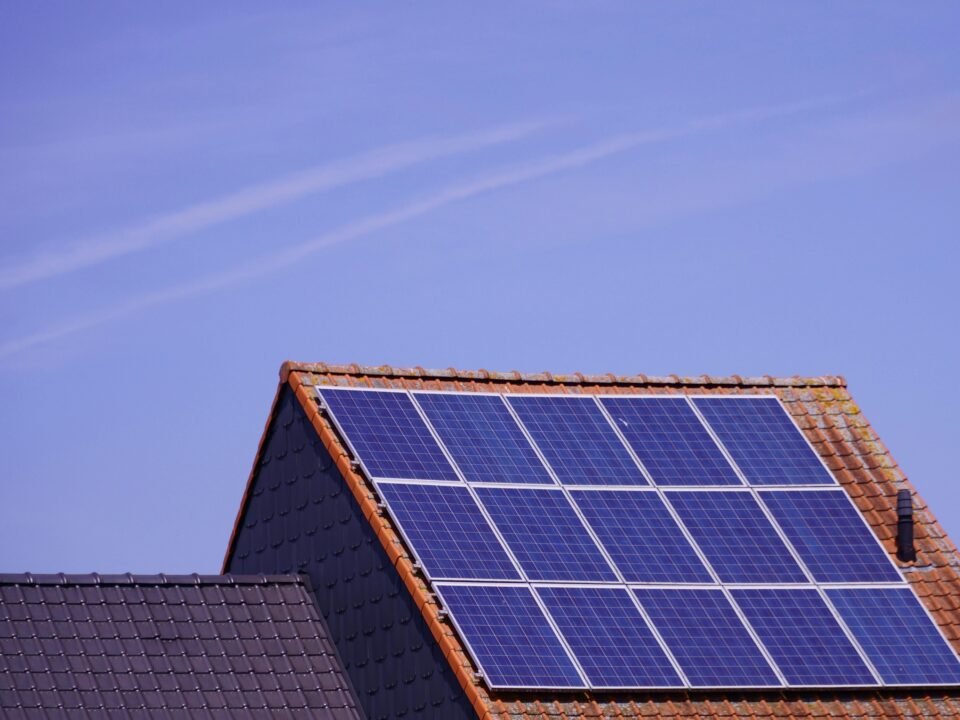In the race to combat climate change and meet growing global energy demands, the energy sector has become a hotbed for revolutionary change. From harnessing cleaner sources to deploying advanced technologies that improve efficiency and storage, innovations in energy are shaping a more sustainable future. These cutting-edge advancements are not only transforming how we generate and consume power but also making energy more accessible, affordable, and environmentally friendly.
In this blog, we explore the top 7 innovations in energy that are redefining the world’s approach to power production and usage.
1. Floating Solar Farms
One of the most promising innovations in energy is the rise of floating solar farms. Unlike traditional ground-mounted panels, these solar systems are installed on bodies of water such as lakes, reservoirs, and even oceans. Floating solar reduces land use and increases efficiency by keeping the panels cool with the surrounding water.
Notable examples include the floating solar plants in China and India, where thousands of panels float atop reservoirs, producing clean energy while minimizing evaporation and algae growth. This innovation is especially valuable for densely populated or agriculturally intensive countries where land is at a premium.
2. Green Hydrogen Production
Hydrogen has long been touted as a clean fuel, but conventional methods of production were carbon-intensive. Enter green hydrogen—produced by using renewable electricity (like solar or wind) to power electrolysis, which splits water into hydrogen and oxygen without emitting carbon dioxide.
This is a game-changer for industries that are difficult to decarbonize, such as steel production, shipping, and aviation. Countries like Germany, Japan, and Australia are heavily investing in green hydrogen projects, recognizing it as one of the critical innovations in energy that can drive the next wave of decarbonization.
3. Advanced Energy Storage Systems
With renewables becoming more prevalent, one major hurdle remains: intermittency. Solar and wind don’t always produce power when it’s needed. That’s why advanced energy storage technologies—from lithium-ion batteries to flow batteries and even gravity storage—are crucial.
Tesla’s Megapack and Form Energy’s iron-air battery are standout examples of how energy storage is evolving. These technologies can store energy during peak production times and release it during high-demand or low-production periods. Efficient storage systems make renewable energy more reliable and practical, enhancing grid stability.
4. Smart Grids and AI-Driven Energy Management
Traditional power grids were designed for one-way energy flow—from power plants to consumers. Smart grids, however, are interactive, capable of integrating distributed energy resources, including solar rooftops and EVs. They’re also equipped to detect outages, reroute power, and optimize distribution in real-time.
Artificial Intelligence (AI) plays a big role in these smart systems by forecasting demand, optimizing energy usage, and even performing predictive maintenance. This blend of AI and infrastructure makes smart grids one of the most intelligent innovations in energy, leading to more efficient and resilient power systems.
5. Perovskite Solar Cells
Silicon has been the backbone of solar panels for decades. But perovskite solar cells, made from a different class of materials, are quickly gaining attention for their potential to deliver high efficiency at lower production costs.
Perovskites are flexible, lightweight, and can be manufactured using simpler processes. Their ability to absorb more light compared to silicon means they can outperform traditional panels, especially in low-light conditions. With ongoing research focused on improving their durability, perovskites could soon dominate the solar market and become a defining innovation in energy.
6. Energy-Generating Roads and Buildings
Imagine roads that produce electricity or buildings that generate more energy than they consume. These are no longer science fiction concepts. Innovations like solar pavements, piezoelectric materials, and energy-positive buildings are pushing the envelope in urban energy solutions.
For instance, smart roads embedded with solar panels or kinetic pads can generate power as vehicles pass over them. Buildings fitted with integrated solar facades, energy-efficient systems, and smart controls can create a surplus of energy, feeding it back into the grid. These multifunctional innovations in energy help turn everyday infrastructure into sustainable power sources.
7. Carbon Capture, Utilization, and Storage (CCUS)
While reducing emissions is key, capturing existing emissions is also critical. That’s where carbon capture, utilization, and storage (CCUS) comes in. This technology traps carbon dioxide from industrial sources or directly from the air and either stores it underground or repurposes it into useful products like concrete, fuels, or plastics.
Companies like CarbonCure and Climeworks are at the forefront, with solutions that make carbon capture more cost-effective and scalable. CCUS is a crucial innovation in energy as it addresses emissions from sectors where reducing fossil fuel dependence is particularly challenging.
Why These Innovations Matter
Each of these innovations in energy contributes uniquely to the global effort toward sustainability:
- They reduce carbon emissions, helping combat climate change.
- They enhance energy access in remote and underserved areas.
- They improve efficiency and grid reliability, benefiting both utilities and consumers.
- They lower costs over time, making clean energy solutions economically competitive with fossil fuels.
The convergence of digital technologies, material science, and renewable sources is accelerating the transition to a cleaner, more decentralized energy ecosystem.
The Road Ahead
While these seven innovations in energy are already making waves, the sector is still rapidly evolving. Breakthroughs in fusion power, wireless energy transfer, and next-generation nuclear technologies could further revolutionize how we think about power.
Governments, private enterprises, and consumers must work collaboratively to support these innovations through investment, education, and policy reform. As awareness grows and technologies mature, the energy future looks not only cleaner but also smarter and more inclusive.
Conclusion
The energy landscape is undergoing a remarkable transformation, driven by creativity, urgency, and technological breakthroughs. From floating solar to green hydrogen and AI-driven smart grids, the innovations in energy highlighted above showcase humanity’s ability to address complex challenges with ingenuity and resilience.
Understanding and supporting these innovations is essential for a sustainable future—one where clean, reliable, and affordable energy is available to all.



